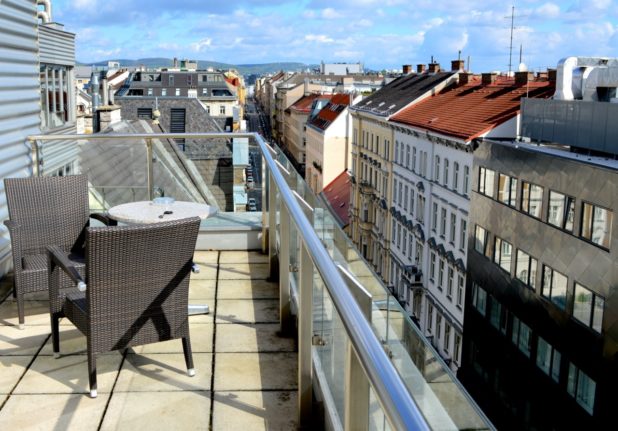International night (and day) trains
Night trains will run from Vienna to Paris (via Munich and Strasbourg) three times a week from December 12th, just in time for Christmas.
Starting out from Vienna’s central train station, the route will also stop at St. Pölten, Linz and Salzburg before crossing into Germany. Departures will be at 7.40pm every Monday, Thursday and Saturday, reaching Salzburg at around 10.15pm and arriving in Paris at 9.42am the next day.
Return trips will run every Tuesday, Friday and Sunday, leaving Paris at 7.58 am to reach Salzburg at around 7.30am the next morning and Vienna at 10.12am.
A one-way ticket on this route starts at €29.90 for a seat, €59.90 for a couchette, and €89.90 for a space in a sleeping cabin.
- This new European high-speed rail network will take you from Vienna to Berlin in four hours
- KEY POINTS: Austria announces new rules for winter tourism
And next year, ÖBB will introduce more options for overnight travel abroad, the company announced on Wednesday.
Starting from June 2022, the Vienna-Berlin Nightjet will be extended so that it starts out in Graz.
Graz will also get overnight links to Warsaw with the EuroNight train.
And two overnight routes to Romania are planned, one from Vienna to Cluj-Napoca and one linking Vienna with Bucharest, via Timişoara.
International daytime journeys are also being expanded. The Railjet route that currently links Vienna, Innsbruck and Bregenz will be extended to Frankfurt. And new trains linking Graz with Budapest are also in the works, according to ÖBB.
The timetables for the routes starting in 2022 are not yet completed, so it’s not yet possible to say when departures will be.
Quicker commutes
Domestic services are also seeing expansions.
Timetable changes mean that there will be 15-minute intervals between morning trains from St. Pölten to central Vienna (Meidling and the main train station, Hauptbahnhof).
Away from the capital, ÖBB said that it plans to updated the Graz-Linz route, optimizing timetables and creating more “attractive transfer options for travelers from Carinthia to Upper Austria and Graz to Germany”.
For local and regional transport, ÖBB said it would be adding an extra 1.4 million kilometres of transport, although the exact details of which routes will see extensions or more regular trains are not available yet.
Improvements onboard
A new fleet of 33 Nightjet trains are being built, but won’t be in service until 2023. In the meantime, 22 night trains are being upgraded from seated carriages to couchette cars for more comfortable overnight travel.
The company is developing a tool called ÖBB Live so you can see things like wheelchair spaces, bicycle parking spaces, toilets, quiet areas and family areas to help you choose the right seat when you book.



 Please whitelist us to continue reading.
Please whitelist us to continue reading.
Member comments